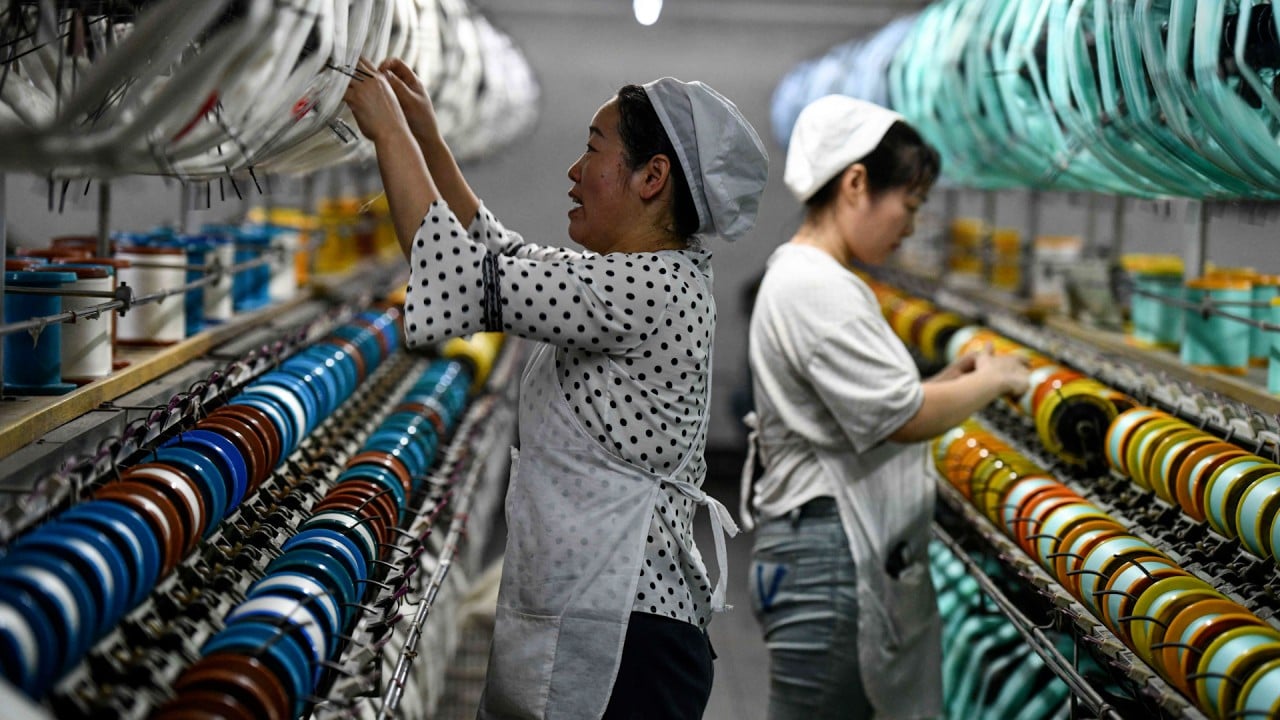As China’s metropolitans tighten their belts and cautiously spend amid uncertain future economic prospects, a more upbeat narrative is unfolding in the nation’s third- and fourth-tier cities.
Unlike the frugality gripping top-tier cities where residents scale back dining budgets, restaurants overflow with diners in smaller Chinese cities, shopping malls continue to hum with activity, and electric-vehicle dealerships thrive as these smaller towns emerge as surprising pockets of consumer vitality, defying the broader economic slowdown.
In contrast, sluggish retail sales in China’s top-tier cities, including Beijing, Shanghai and Shenzhen, have dragged down the national average, with consumer activity in these urban centres remaining subdued – a trend especially evident in sparsely trafficked shopping malls and restaurants.
People are faced with less daunting financial pressures and lesser debt burdens in smaller Chinese cities, and relatively stable expectations about the future make them more inclined to spend, according to Li Yingtao, a partner at Shanghai-based consulting firm MCR.
“In contrast, higher debt levels in top-tier cities weigh heavily on consumption, dampening spending,” Li said. “In the past, residents of first- and second-tier cities were more confident in their future income growth, which fuelled their willingness to spend, even relying on loans or credit. However, rising debt burdens, combined with weaker expectations for future income, have eroded that confidence.”
According to a report published by McKinsey in September, the consumption confidence among Chinese consumer groups varies wildly, with the rate of optimistic respondents reaching 82 per cent in third- and fourth-tier cities, compared with 74 per cent in first- and second-tier cities.


